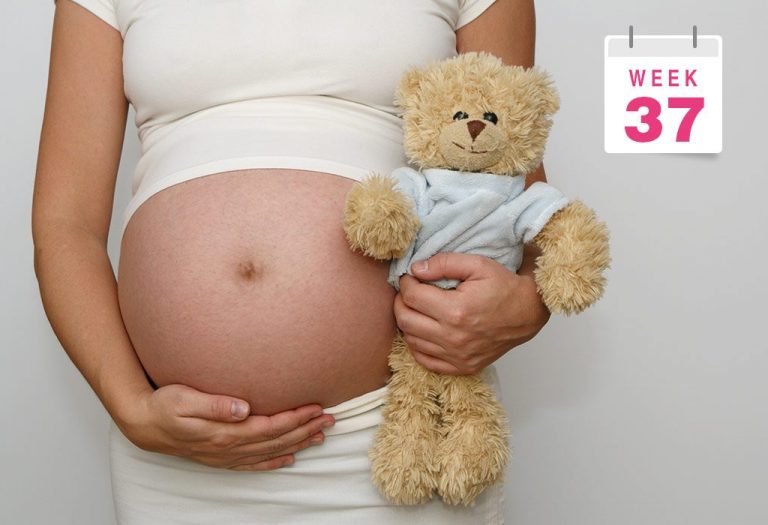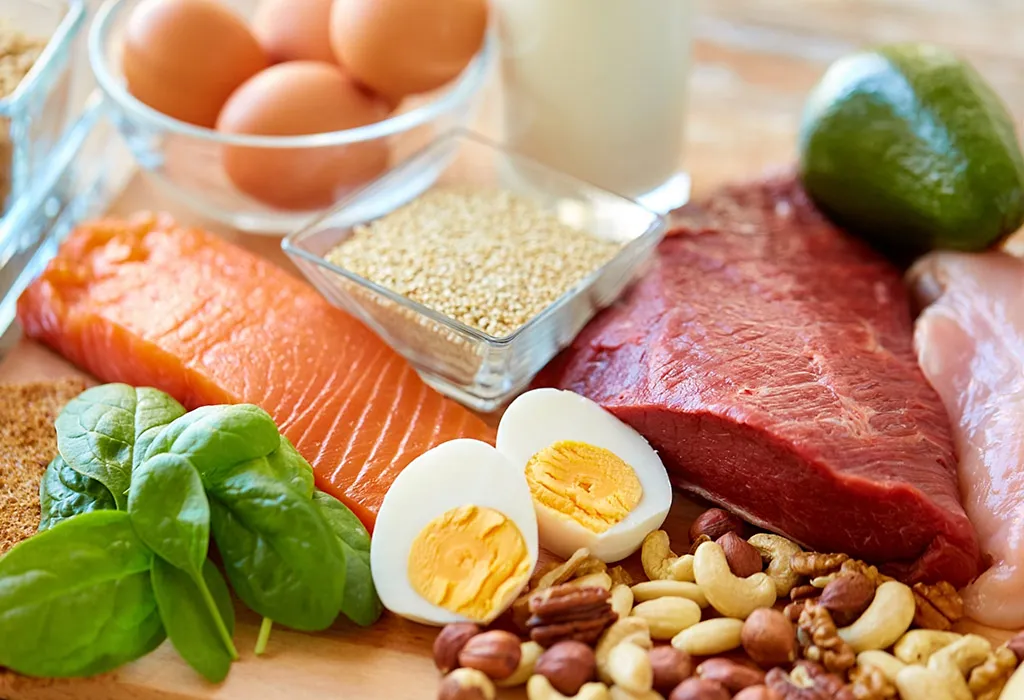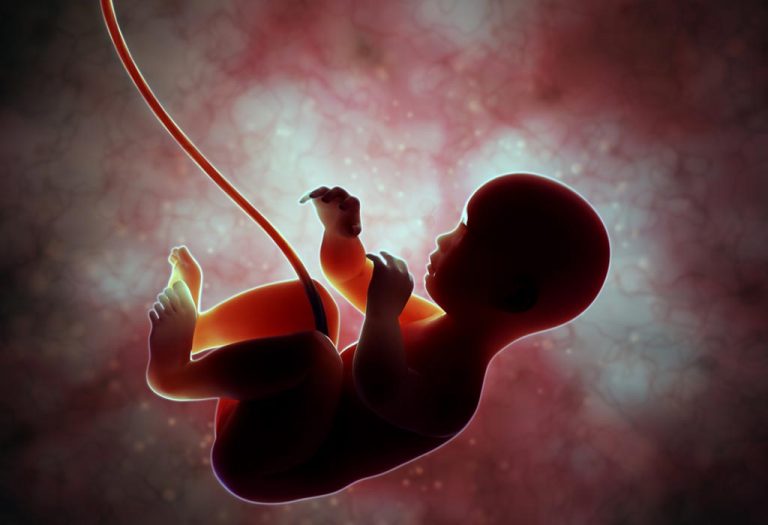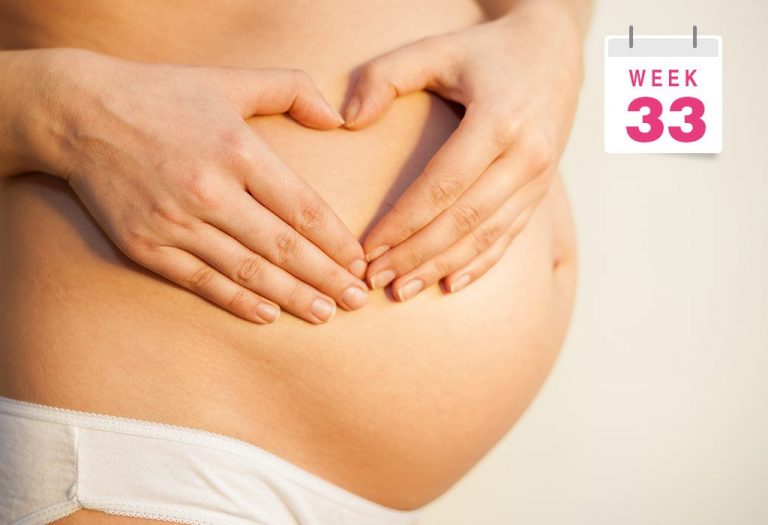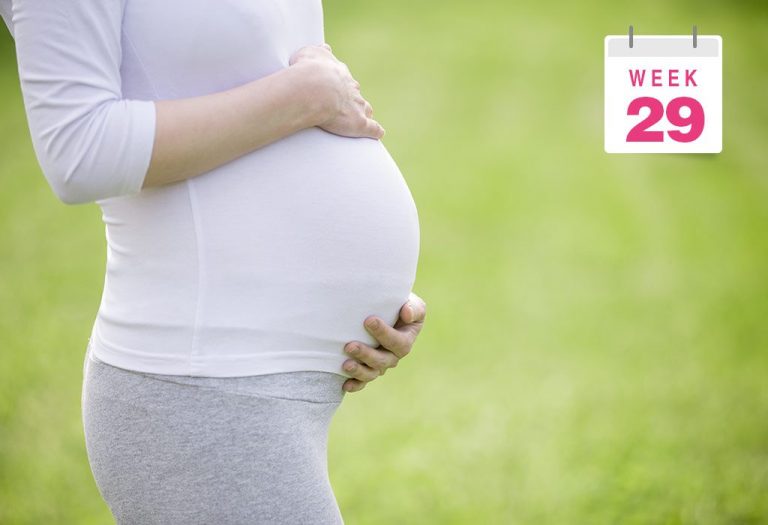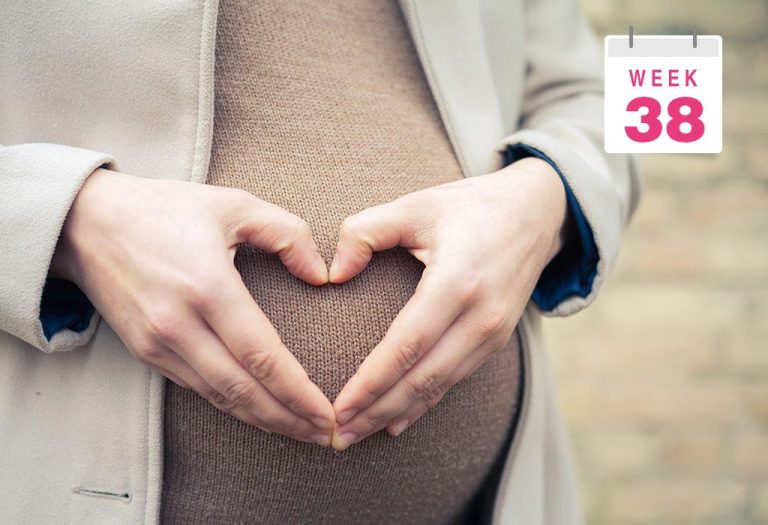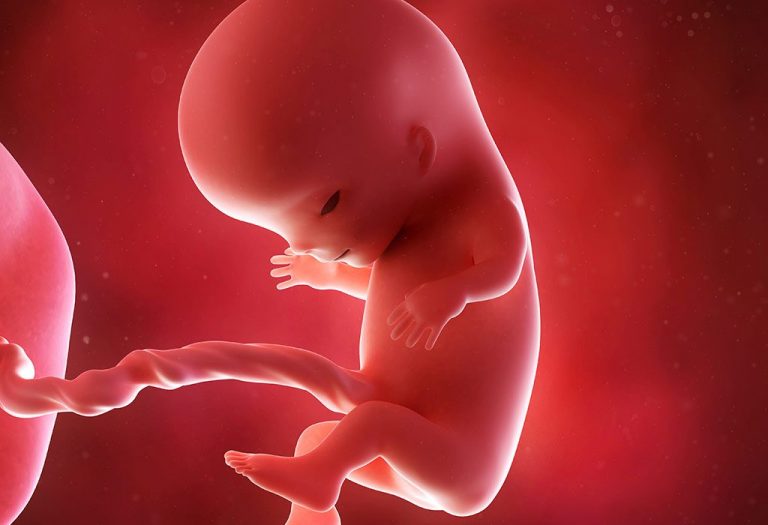37 Weeks Pregnant: Signs, Symptoms & Ultrasound

Now that you’re 37 weeks pregnant, your due date is close, and you can’t wait to take your baby in your arms. At 37 weeks, your pregnancy can be termed as ‘early term’. Most of your baby’s organs have matured, and your little one can survive the outside world without any difficulty. But your baby is still developing, honing the important skills like swallowing and sucking. Read on to know how much he has developed and what’s left. Here’s what you can expect at the 37th week of your pregnancy.
Your Baby’s Growth During the 37th Week of Pregnancy
Your fetus at 37 weeks is gaining weight and growing steadily. Some of the developments that have taken place with your baby include:
1. Toenails
By now, your baby’s toenails should have grown enough to fully cover the toe. These will continue to grow, so you can always expect your baby to have slightly overgrown nails when they are born.
2. Swelling of Mammary Glands
The placental hormones send chemical signals to the pregnant mother to begin the lactation process. These placental hormones also find their way to the baby, whose mammary glands will begin to swell. These will return to normal once they are out of the womb.
3. Armed With Antibodies
The umbilical cord starts to pump the baby’s body with antibodies to help it fight off disease and infection after birth. This is supplemented by breastfeeding once the baby is out of the womb.
4. Fully Formed Lungs
The baby is ready to come out as the lungs are fully functional by this time (1). They will support the baby’s breathing of the outside air by producing a lipoprotein called surfactant.
What Is the Size of the Baby at 37 Weeks?
At 37th week of pregnancy, your baby’s size will be about the size of a Romaine Lettuce. He will be approximately 19.1 inches long and may have probably attained a weight of 2.8 kilograms (2). This is about the same weight as that of a baby kangaroo.
Common Bodily Changes at 37th Week of Pregnancy
The common bodily changes or symptoms that you will experience during the 37th week of pregnancy include:
1. Braxton Hicks Contractions
Braxton Hicks contractions or false contractions increase in frequency by the 37th week of pregnancy. You may experience the muscles in the uterus tightening, and you may feel them often, every 10 to 20 minutes. You should speak to your doctor in case it hurts.
2. Changes in Amniotic Fluid
There will be a reduction in the amniotic fluid as the increased size of the baby will have displaced most of the fluid.
Symptoms of Pregnancy at Week 37
You’ll continue to have Braxton-Hicks contractions, pains on the side of your baby bump, sleeping issues, and stomach cramps at 37 weeks pregnant. Some other common symptoms that women experience during this time include (3):
1. Heartburn
As the uterus has expanded to accommodate the baby, it presses against many of the internal organs within the body, such as the stomach. This can cause stress to the digestive system, which may result in problems such as heartburn (4).
2. Spotting
Spotting or bleeding is something that is common at the 37th week of pregnancy due to the increased sensitivity of the cervix. The bleeding may have taken place due to some irritation in the region or even because of sexual intercourse.
3. Insomnia
Sleeplessness is something that is bound to affect all pregnant women at some point during their pregnancy. The reasons for this include an urge to urinate frequently, uncomfortable sleeping positions, and anxiety.
Development of Twin at 37 Week
If you are pregnant with twins, you are six times more likely to deliver your twins early at thirty-seven weeks of pregnancy than singleton pregnancy. Twin or multiple pregnancies usually do not go beyond 38 weeks. So, keep an eye out for any signs of labour at 37 weeks gestation and stay ready for the delivery anytime soon with twins or more.
What Are the Signs of Labor?
The onset of labour is likely to happen around the 37th week, and the baby is considered a term baby. Some of the signs that can help you figure out when it is time include (2):
1. Regular contractions
Regular contractions begin prior to labour, but they can often be confused with false contractions, better known as Braxton Hicks contractions. Though these may be similar in intensity, the best indicator for labour contractions is consistent contractions over time. If they are irregular or go away if you rest, they are probably Braxton Hicks contractions.
2. Water breaking
This is the breaking/tearing of the protective amniotic sac that has been cradling your baby all this while. Every woman has a different experience when her water breaks, as it depends on the size and area of the tear. Based on this, the amount of amniotic fluid that comes out of the cervix and vagina could be a trickle or a gush.
3. Losing the mucus plug
This is a type of cervical mucus loaded with antimicrobial properties to protect that baby from infection against bacteria. Once this comes out because of the baby drop, most women go into labour in the next 12 hours.
Inducing Labour at 37 Weeks
If you wish to induce labour, you can try out the below techniques to get things going. However, please consult your doctor before trying out the below methods, as they can recommend the most appropriate technique based on your condition.
1. Stimulating the Nipples
This is a time-tested way of inducing labour as stimulating the nipples releases oxytocin, which helps in inducing labour. This is a powerful method to bring about contractions as they are likely to be stronger and longer in nature.
2. Sexual Intercourse
Sexual intimacy can help get the ball rolling as male ejaculation contains prostaglandins that help induce labour. This may be difficult to perform for some women due to the size of their belly. One can use sex positions such as spooning, rear entry or woman on top to induce labour.
Belly at 37 weeks of Pregnancy
By this time, you would experience something called dropping. This is a phenomenon when the baby descends to the pelvic region in preparation for labour. However, this ‘dropping’ cannot be visually noticed by anyone.
Ultrasound Scan at 37th Week of Pregnancy
During the 37th week of pregnancy, an ultrasound is mainly taken to see that the baby is in a head-down position. Other developments can be tracked during this time, such as heartbeat rate and uterus condition. Determining the sex of the baby at this point is difficult as the baby almost doesn’t move from here on out.
Questions to Ask Your Doctor
As you near your due date and prepare everything for your delivery, you might be faced with several dilemmas and questions. In your next appointment with your doctor, you may ask any of the following questions that match your concern:
- What occurs if your baby remains in a breech position?
- In what situations might a caesarean section be necessary?
- Is your birth partner permitted to accompany you during childbirth?
- What about in the case of a caesarean section?
- How many individuals can be present with you during labour?
- What takes place immediately following the birth of your baby?
- How long can you expect to be hospitalized after delivering, and what will happen during that period?
What to Eat
As you enter your 37th week of pregnancy, foods must be classified based on three factors. Firstly, as the pregnancy is considered full term, one can begin to eat labour-inducing food items, which include castor oil, small amounts of spicy food, raspberry leaf and primrose oil. Secondly, as the body still experiences heartburn, trigger foods, such as alcohol, fatty foods and oily foods, are to be avoided. Lastly, the baby’s brain is making rapid strides in terms of development. For this, protein-rich foods like fish, eggs and milk are to be eaten (6).
Care Tips
Below are some of the things that must be taken into consideration when you’re 37 weeks pregnant:
Dos
- Chart out a route that you can take to the hospital that has the least traffic.
Don’ts
- The nesting phase is a time when pregnant women experience a cleaning and organizing frenzy. While one doesn’t need to suppress this urge, moving around can be difficult, so one needs to rest. As an alternative, one can make somebody else do the work for you.
- Limit the intake of caffeine, as it will only aggravate your insomnia.
What You Need to Shop For
As you’re full-term now at 37 weeks of pregnancy, here are some of the things you can shop for:
1. For Your Baby
Shopping for a baby is fun, isn’t it? Since your baby will be here soon, make sure you buy the following beforehand: diapers, a changing mat, nappies, a blanket and unisex baby clothes.
2. For You
The delivery process can take a while and can be uncomfortable, which is why you can arm yourself with books, a comfortable pillow, and your own toiletry set. Comfortable maternity kurtis are a good option as comfort needs to be preferred, especially during this delicate period. Check out Bella Mama’s range of maternity nightsuits, which come with zippers provided for nursing and are useful during and after pregnancy.
When to Call the Doctor
By now, you probably know about your baby’s active and non-active times. You may also take some time to start counting your baby’s kicks and other movements. If you feel your baby’s movements have decreased much, it’s best to contact your doctor without any delay. Either your baby’s movements have slowed due to cramped space, or there could be an underlying issue requiring immediate medical attention. Here are some more symptoms that require emergency contact with a doctor:
- Vaginal bleeding or spotting
- Pink or blood-tinged vaginal discharge
- Vomiting accompanies by fever
- Burning urination
- Severe headache
- Abdominal injury
- Exposure to communicate infections, like flu, Zika virus, chicken pox, or COVID
- Pain in the upper belly or on the sides of the ribs
- Sudden swelling in the face, feet, and ankles
FAQs
1. Is it safe to deliver at 37 weeks of pregnancy?
Yes, it is safe to deliver your baby at 37 weeks, although it is considered ideal to deliver your baby at full term from 39 weeks (3) (7). The baby delivered will be considered ‘early term’ and may have a lesser risk of complications compared to when born preterm (8).
2. What exercises should I do at 37 weeks?
The best and safest exercise for 37-week pregnant women is Kegels and pilates under supervision.
3. How to know whether I’m dilating?
As the pregnancy nears the due date, the body naturally undergoes cervix dilation to make room for the baby to pass through the birth canal (9). To learn whether you’re dilating, your doctor will do a vaginal exam by measuring the opening of your cervix, which usually opens to 10 cm or 3.9 inches when fully dilated.
By this time, you’re almost towards the end of your pregnancy. The most important thing that one needs to do at this point is to watch out for the signs of labour. So look out for these signs and have a healthy and easy labour and delivery!
References/Resources:
1. How Your Fetus Grows During Pregnancy; ACOG; https://www.acog.org/womens-health/faqs/how-your-fetus-grows-during-pregnancy
2. 37 Weeks Pregnant; American Pregnancy Association; https://americanpregnancy.org/healthy-pregnancy/week-by-week/37-weeks-pregnant/
3. Week 37; NHS; https://www.nhs.uk/start-for-life/pregnancy/week-by-week-guide-to-pregnancy/3rd-trimester/week-37/
4. 37 weeks pregnant: baby’s development, heartburn and packing your hospital bag; Tommy’s; https://www.tommys.org/pregnancy-information/im-pregnant/pregnancy-week-by-week/37-weeks-pregnant
5. NEW STUDY SHOWS EARLIER BIRTH IS BEST FOR TWINS; The University of Adelaide; https://www.adelaide.edu.au/news/news53341.html; June 2012
6. Pregnancy at 35 to 38 Weeks; Drugs.com; https://www.drugs.com/cg/pregnancy-at-35-to-38-weeks.html
7. Avoidance of Nonmedically Indicated Early-Term Deliveries and Associated Neonatal Morbidities; ACOG; https://www.acog.org/clinical/clinical-guidance/committee-opinion/articles/2019/02/avoidance-of-nonmedically-indicated-early-term-deliveries-and-associated-neonatal-morbidities
8. Definition of Term Pregnancy; ACOG; https://www.acog.org/clinical/clinical-guidance/committee-opinion/articles/2013/11/definition-of-term-pregnancy
9. How to Tell When Labor Begins; ACOG; https://www.acog.org/womens-health/faqs/how-to-tell-when-labor-begins
Previous Week: 36 Weeks Pregnant
Next Week: 38 Weeks Pregnant
Was This Article Helpful?
Parenting is a huge responsibility, for you as a caregiver, but also for us as a parenting content platform. We understand that and take our responsibility of creating credible content seriously. FirstCry Parenting articles are written and published only after extensive research using factually sound references to deliver quality content that is accurate, validated by experts, and completely reliable. To understand how we go about creating content that is credible, read our editorial policy here.






